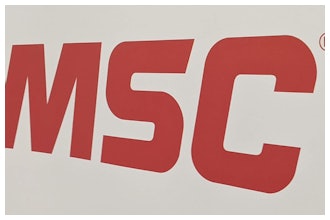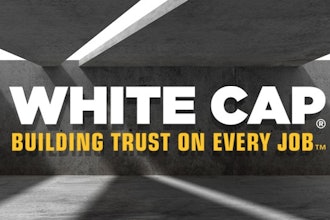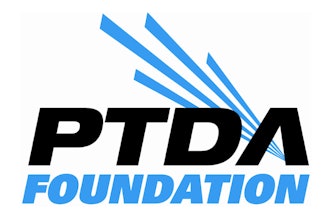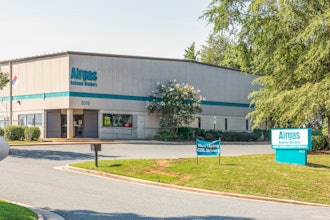
“The Great Resignation.” “Quiet Quitting.” “The Great Breakup.”
Several different phrases have emerged over the past year to attempt to capture the trends sweeping the working world, as workers across industries have become increasingly disheartened by work in general. This has caused many challenges for manufacturers and distributors, who are struggling to navigate tumultuous economic conditions while also struggling to retain (and attract) the talent they need. The numbers speak for themselves: 82% of manufacturers and 71% of distributors are concerned about filling open positions at their organizations, according to a 2022 report from sales order and invoice automation solution provider Conexiom.
Listening to workers and giving them what they really want – like a meaningful, fulfilling work environment – will be the key to cultivating not only a strong team, but a loyal team, as well. As we look to the future, the next-generation manufacturing and distribution team will attract, develop and retain top talent by enacting three key strategies:
1. Prioritizing Profits and Purpose Across the Organization
Selling to customers isn’t just something the sales team does. An organization with a clear purpose emphasizes that purpose throughout every individual role to help employees understand how they add value with their work and why they’re important to the business. Cultivating a productive, loyal workforce requires organizations to develop and foster a meaningful employee experience that makes everyone across the business earnestly want to participate in a customer-first (not necessarily product-first) operation.
Creating, committing to, and consistently communicating a universally understood ethos falls to leadership, and it’s important that this ethos demonstrates measurable value for both the customer and the community (or society) at large. When people regard their work as meaningful on both a professional and personal level, they become more productive. They’re also more apt to remain with an organization that’s providing them with opportunities they truly connect with and are passionate about.
A 2022 study from Salesforce investigated the connection between both employee and customer experience on revenue growth: 89% of revenue growth leaders said happy employees (EX) resulted in happy customers (CX). In addition, companies with high EX and CX reported faster revenue growth — as much as 1.8x those with low EX and CX.
The manufacturing and distribution team of the future ensures that every worker, in every role, feels thoroughly equipped, supported, trained and motivated to sell, creating happier customers and supporting accelerated revenue growth.
2. Engaging Employees and Supporting Organizational Purpose with Career Mobility
When it comes to retaining top talent, companies need to keep workers interested in their current jobs while also offering future opportunities to stay within the organization, including valuable perks for remaining loyal to the business over a number of years.
Something that can help to demonstrate how workers can continue to add value to the company throughout their careers is a clearly articulated career path. This enriches the overall employee experience at the organization, especially if career mobility opportunities are consistently presented. No matter the role, an enticing career strategy includes five key elements:
- Job competency models: Every job is clearly defined, as well as the skills and outcomes needed to succeed (and surpass) in each role.
- Job leveling: Every job description includes required skills, education level and expectations to meet desired outcomes as outlined.
- Pay leveling: Transparent compensation for every role sets clear earnings expectations, allowing employees to compare positions both inside and outside the organization.
- Differentiated career paths: Outlining opportunities for advancement within the company and across job families supports HR and managers in helping workers reach their future goals.
- Training, coaching and communication: Every role receives regular training to enhance relevant skills. Mentorship and coaching opportunities ensure success in every role, while a strategic communication program offers information to employees about how to take advantage of new educational opportunities.
Purpose-driven organizations support all workers in excelling at their jobs by enacting clear career mobility strategies that encompass every individual role and employee. This not only helps hiring and retainment efforts, but also creates a more productive, more profitable business operation overall.
3. Fostering an Educated, Engaged and Driven Workforce
The simple truth is that happy, engaged employees have positive economic effects on their organizations. First, a purpose-driven business develops strong, intelligent, eager-to-please employees that ensure customers get consistent value from their products and services, which increases revenue. Second, less turnover results in a lower cost to serve, negating rehiring and retraining expenses.
Furthermore, as layoffs create jobseekers out of valuable talent and a “silver tsunami” wipes out the experienced workforce, comprehensive career strategies help to develop employees in a quicker, more efficient fashion, ensuring that customers continue to receive value no matter the situation. This creates loyal customers and loyal employees.
Now is the time for manufacturers and distributors to focus on growing profitable revenue by focusing on employees first and foremost. People who believe in their work and the good it brings to the world will not only be more successful, but they’ll also be more loyal to their employers. This leads to an organization full of people who genuinely want to see the business thrive — and they’ll work hard to do just that.
Kyle Uebelhor is a leader in Alexander Group’s manufacturing and distribution practices.























